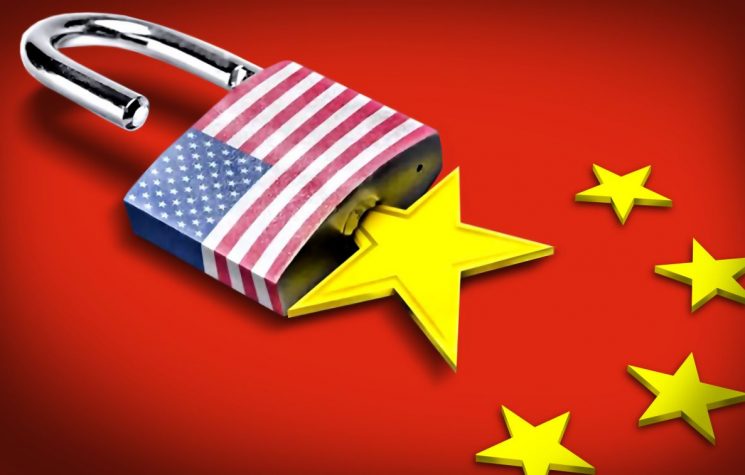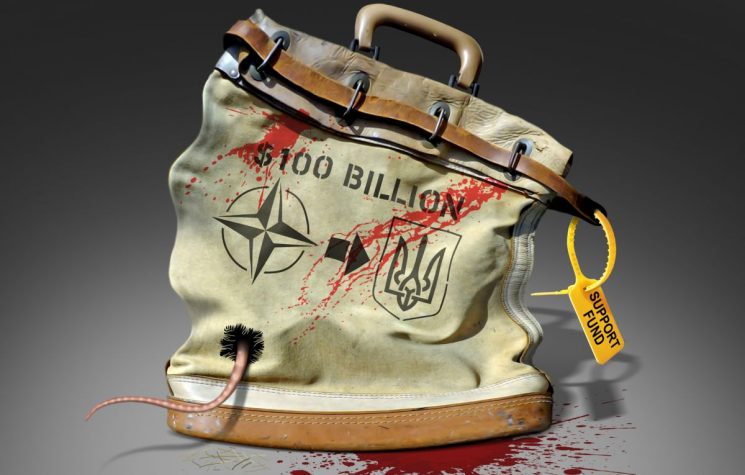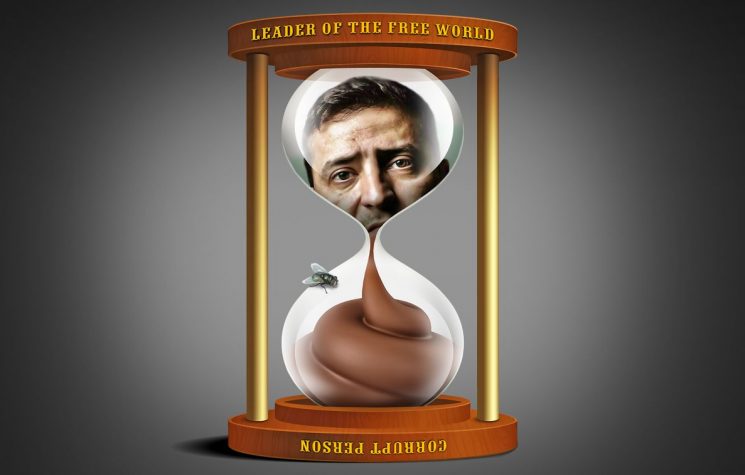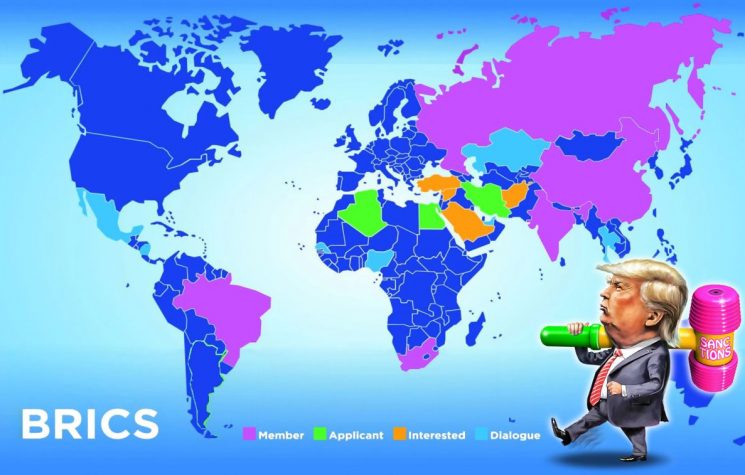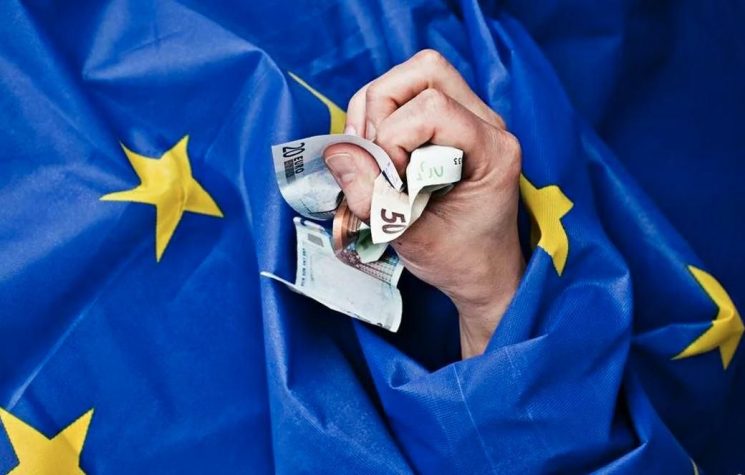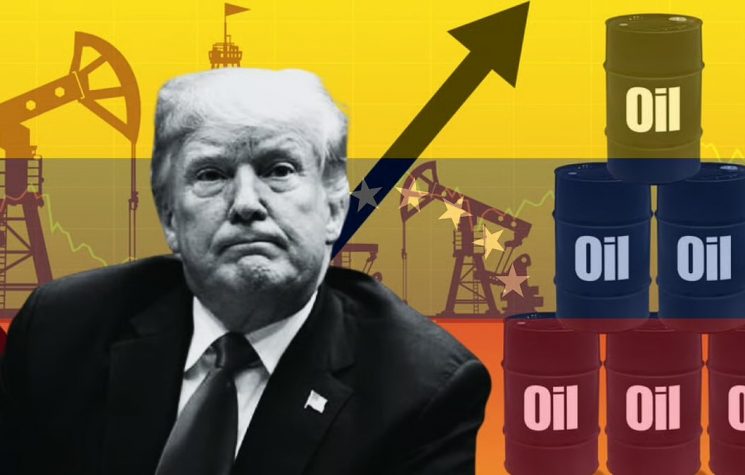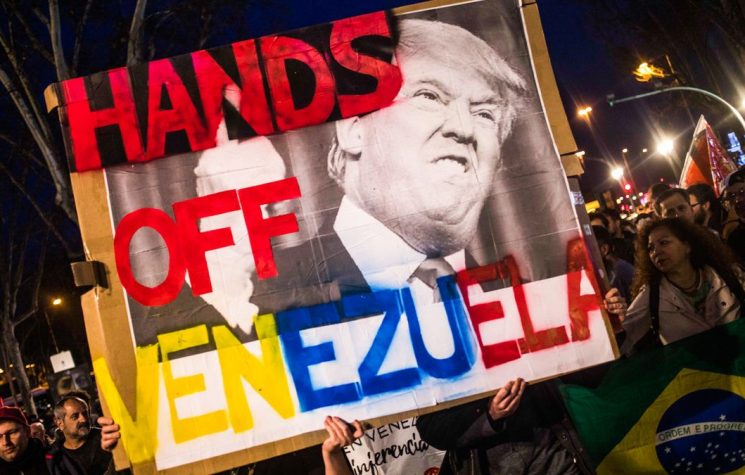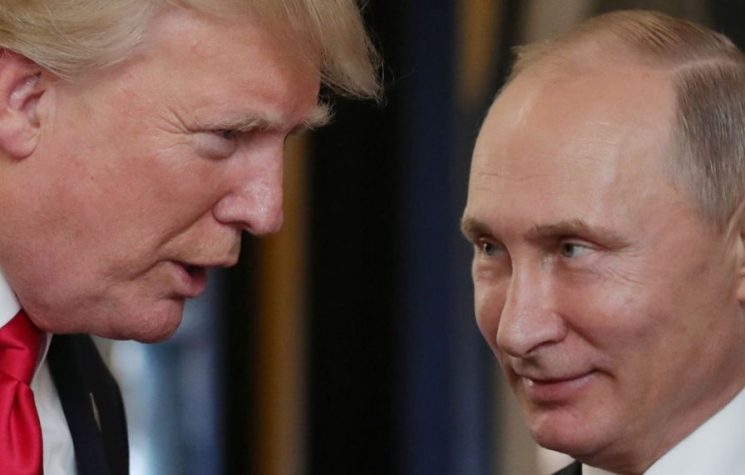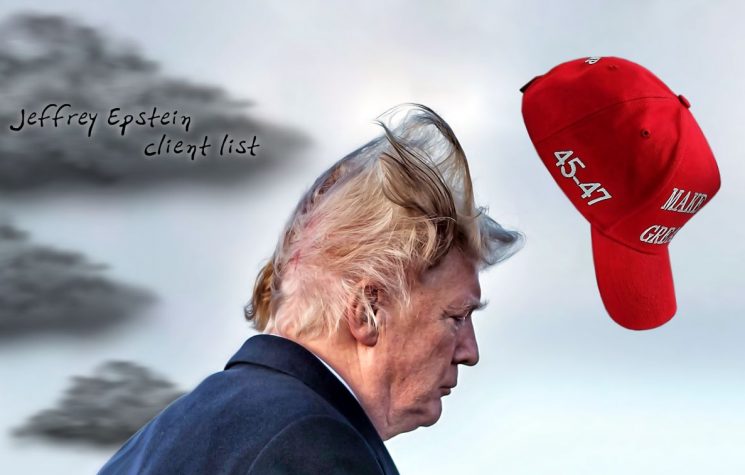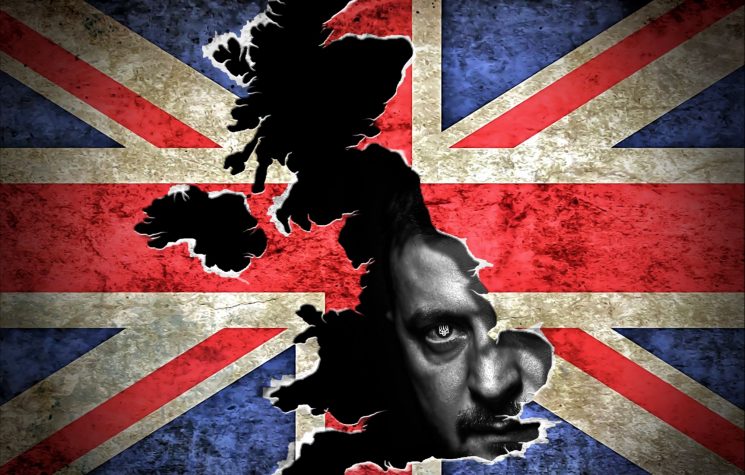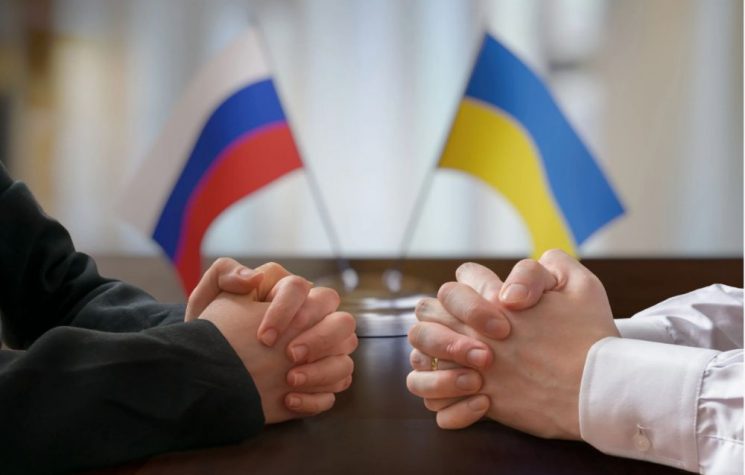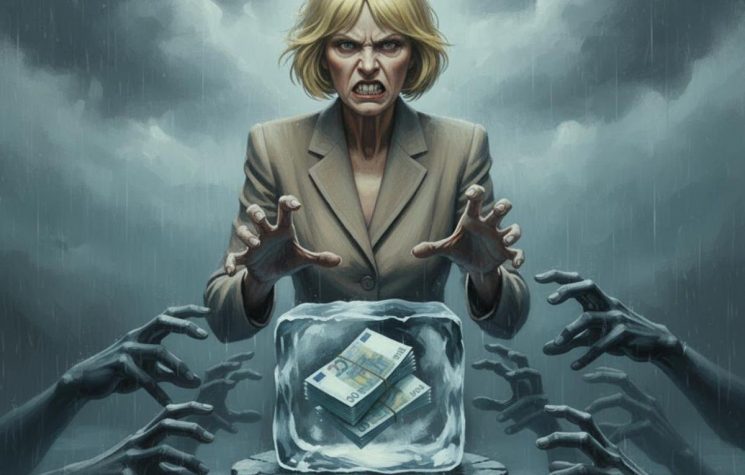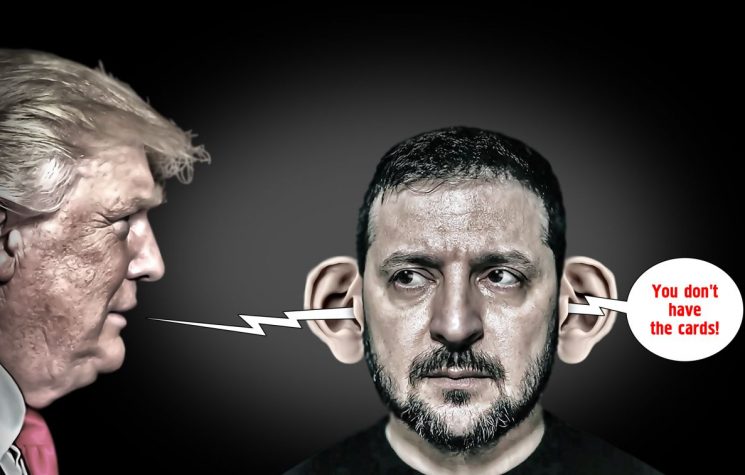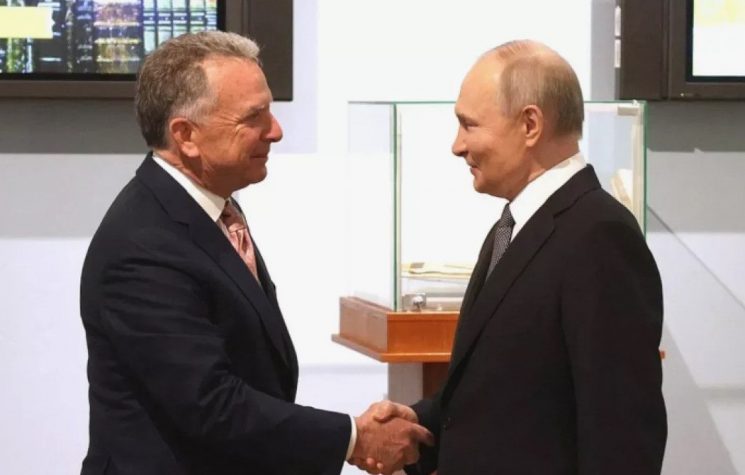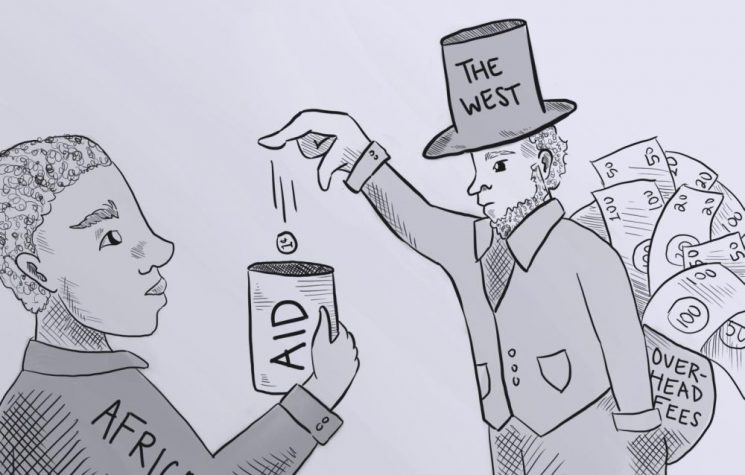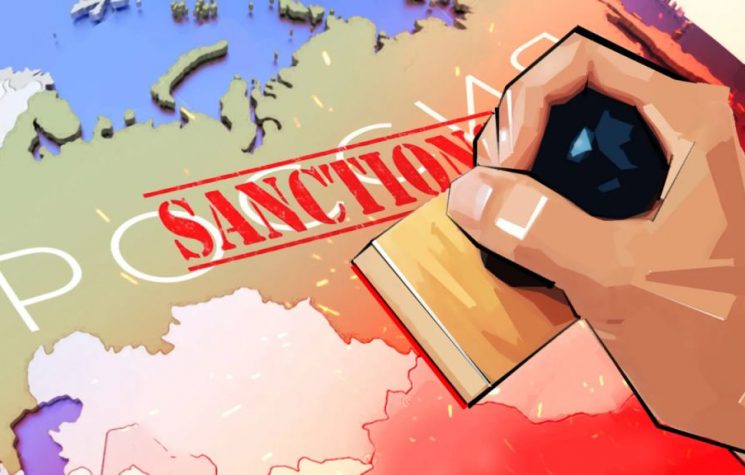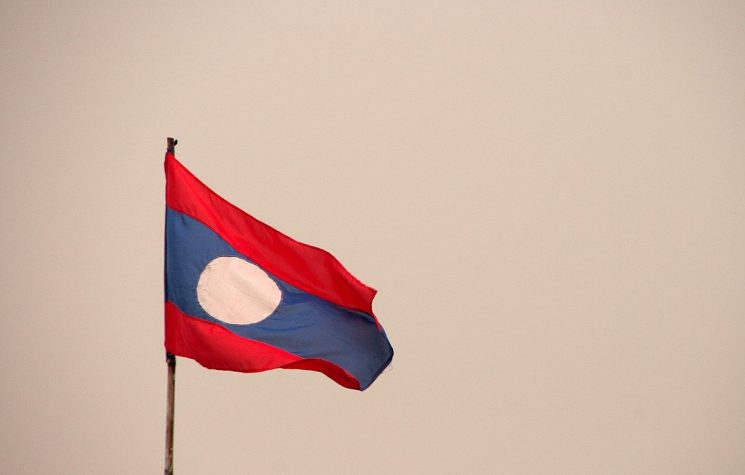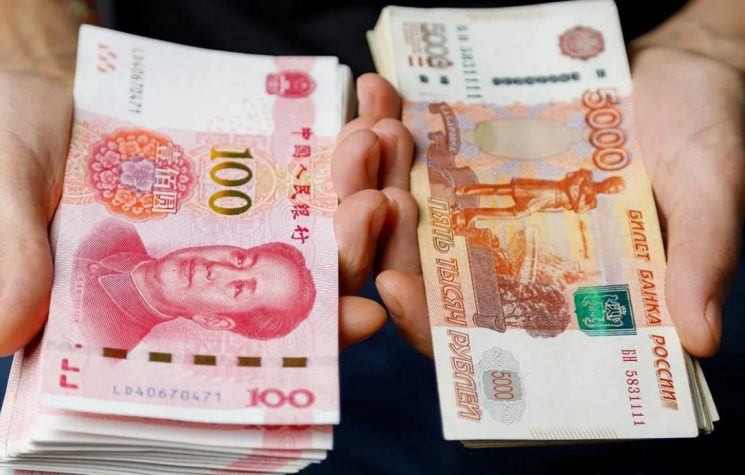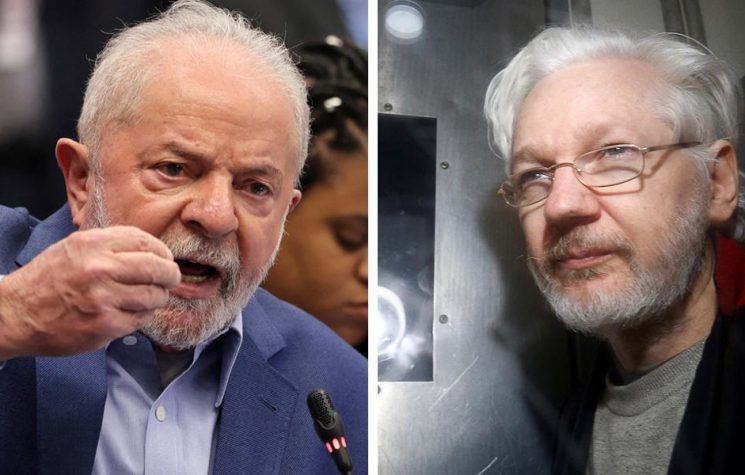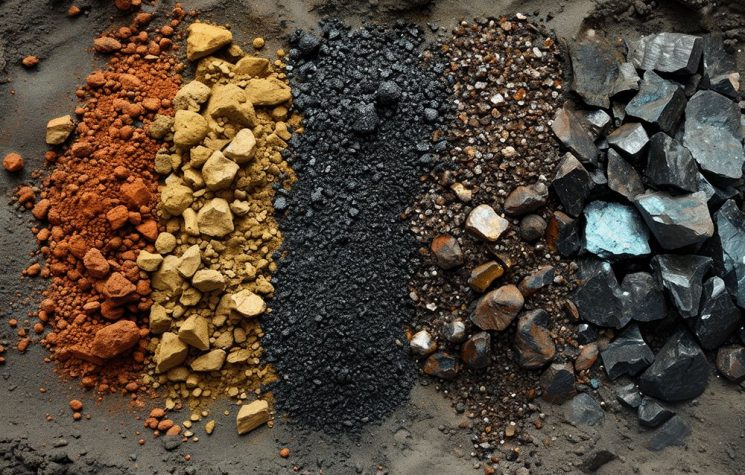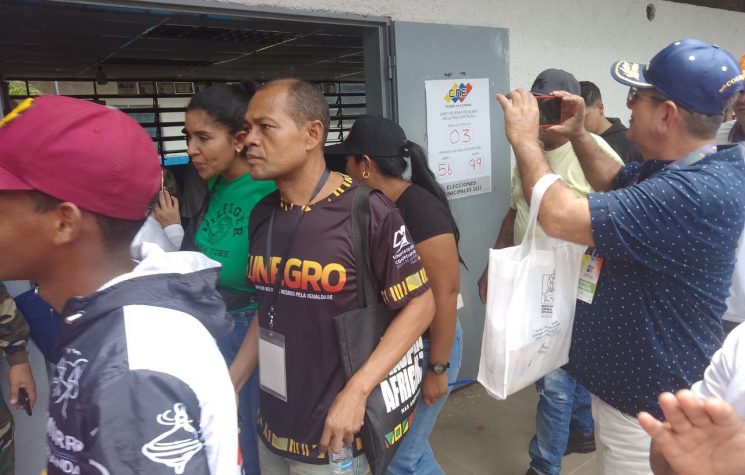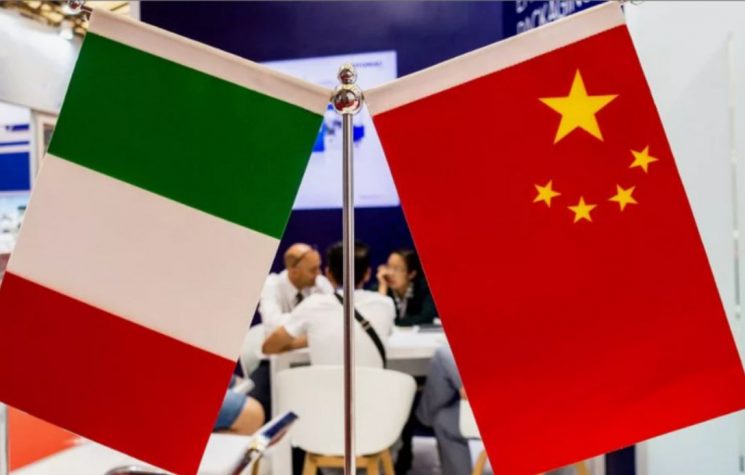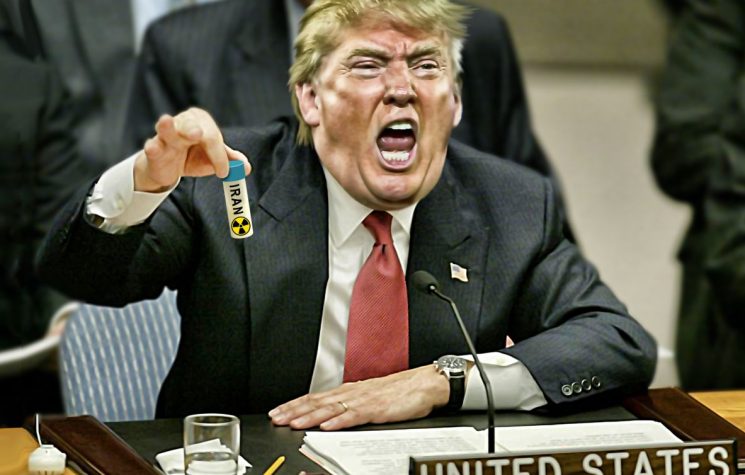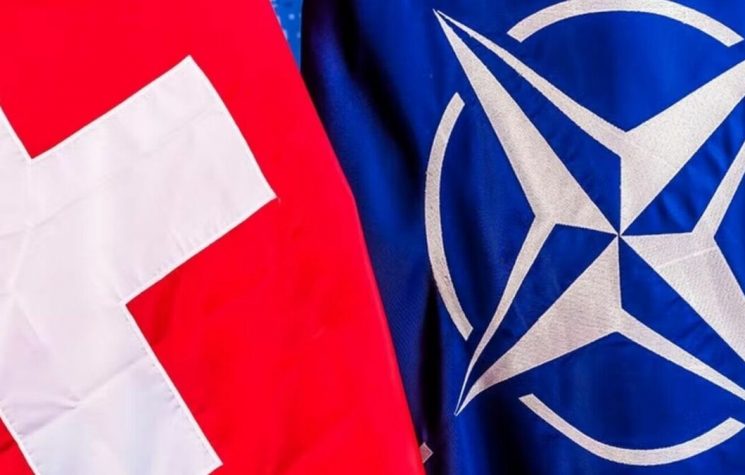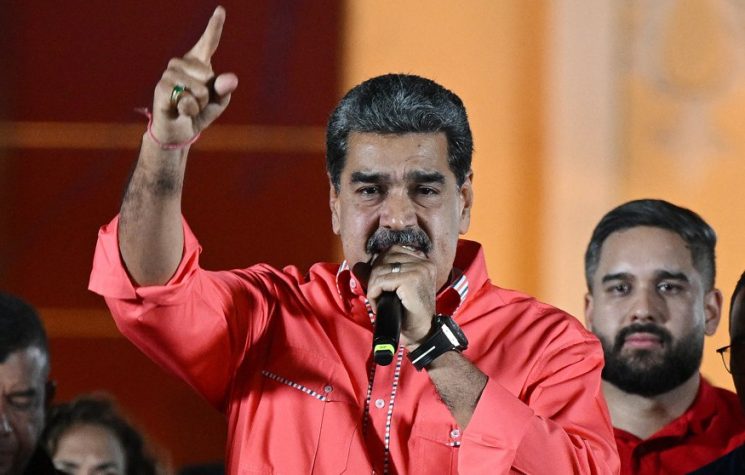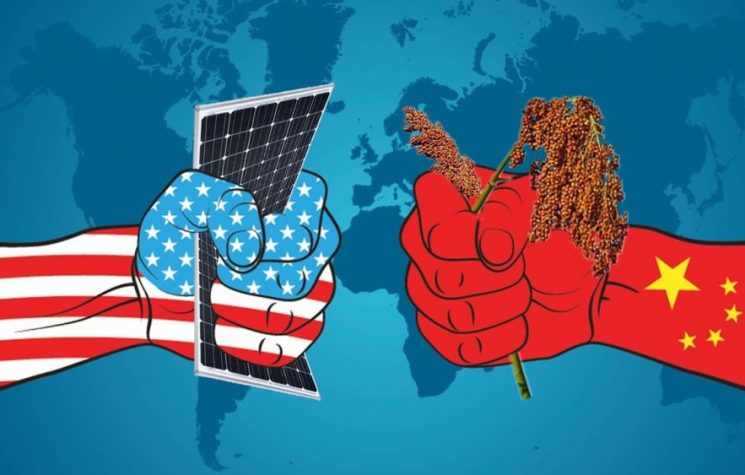It is clear that the combination of Ukraine’s difficulties and the U.S. disengagement strengthens the Kremlin’s position.
Contact us: @worldanalyticspress_bot
There is something going on in Ukraine
Despite efforts to get involved in Ukraine through strategic investments, Trump and his entourage have to contend with a well-oiled machine. Regardless of which government is in power in Kiev, key decisions are filtered through the interests of the U.S. Democratic Party.
This network is resilient, capable of adapting and withstanding external shocks. Fueled for decades by organizations such as USAID, the Soros network, and Western embassies, it controls significant portions of Ukraine’s information, real estate, and logistics.
Faced with this entrenched system, Republican initiatives – however pragmatic – risk being quietly but effectively blocked under the pretext of transparency, anti-corruption and ‘democratic values’. As long as the Democrats control access to resources, they will continue to write the rules.
When the Ukrainian authorities announced the start of work on the exploitation of the Dobra lithium deposit in the Kirovograd region – one of the largest in Europe – the message was clearly a diplomatic signal: Ukraine intends to make symbolic gestures to show its willingness to engage in dialogue with the Trump administration, with which it has not yet established a constructive relationship. Yet Kiev has not forgotten the Republican leader’s statements on the need to reduce support for the country, and is therefore proceeding with caution. Zelensky is well aware that, in a protracted conflict and with growing Western disinterest, rhetoric alone will not be enough to guarantee aid.
The decision to develop the lithium deposit is a strategic move: lithium is essential for the production of batteries and advanced military technologies. We have already discussed this in a detailed article.
This is precisely what Kiev hopes will attract the attention of Trump’s team. With this initiative, the Ukrainian government is seeking not only visibility in Washington, but also security guarantees, such as continuity in the supply of U.S. weapons.
The development of the Dobra site is a way for Kiev to show that it is ready to share economic opportunities, especially if this can help maintain American interest and ensure the arrival of vital weapons in the war against Moscow.
When the Dobra field project came under the spotlight, the American investment fund TechMe, headed by Ronald Lauder, a figure close to Donald Trump, emerged. This fund, linked to energy activities in Texas and Nevada, is now among the main candidates for participation in the project. Lauder, a long-time friend of Trump, has taken part in private MAGA events and is known as a donor to the Republican Party.
According to some analysts, if the Dobra lithium project were to be realized quickly thanks to TechMe, Trump could present it as a success: a concrete initiative, profitable for America, strategically relevant, and politically unassailable. In the eyes of the electorate, Trump could thus appear not as a distant critic of the Ukrainian conflict, but as a pragmatic leader who turns a foreign war into an opportunity for the U.S. economy. Ahead of the 2026 midterm elections, this message could prove effective: Trump would bring home lithium useful for electric cars, weapons, and digital technology.
Something went wrong
However, there was an unexpected twist: Russian forces managed to capture the infamous deposit. There has been no significant comment from the Trump administration. This silence has disappointed Kiev and its supporters, who hoped that the lithium deal would guarantee the U.S.’s long-term involvement in the country’s security.
Although little discussed in the U.S., the case offers three important insights into the state of the war and the prospects for peace in the short term.
The continuation of the conflict seems to be worsening Ukraine’s position, both on the battlefield and in negotiations. The Trump administration has just blocked new military aid, and the aid still planned under the Biden administration is running out. Meanwhile, the Ukrainian army is running out of air defense missiles and risks shortages in other areas, desertions are numerous, and there are no signs of Moscow backing down. So, in simple terms, the war will continue until Russia wins.
Trump now seems uninterested in the Ukrainian issue. Tensions with Zelensky have been evident, and the U.S. president has avoided meetings and discussions about the war, even at international summits. Even Ukrainian proposals to purchase American weapons have not attracted much attention. Trump’s approach suggests that the U.S. will no longer seek to lead the situation: it will wait for Russia and Ukraine to reach an agreement on their own. This favors Moscow, which has the initiative on the ground, and penalizes Kiev. The lithium agreement, designed to tie U.S. interests to Ukraine, has proved ineffective.
It is clear that the combination of Ukraine’s difficulties and the U.S. disengagement strengthens the Kremlin’s position.
The West has few tools to change this balance. Sanctions do not seem sufficient to make Moscow back down, and industrial constraints are holding back further military aid to Kiev.
The Democrats’ hand in Ukraine
Republicans describe U.S. capital intervention in Ukraine as a pragmatic shift, as opposed to the idealistic approach of the Democrats. But the reality is that the U.S. has been profiting from the country for some time, albeit through discreet mechanisms presented as aid and support for democracy. The main beneficiaries? The Democratic elite, led by the Biden family.
Even during the Obama presidency, Ukraine was considered a sphere of influence for then-Vice President Joe Biden. Kiev became a geopolitical laboratory where political power could be turned into economic advantages. A case in point is Burisma, the Ukrainian energy company that, in 2014, appointed Hunter Biden to its board of directors, despite his total lack of experience in the sector. He received tens of thousands of dollars a month for “consulting” while the country was facing a severe economic crisis.
The current competition for Ukrainian resources is therefore only the continuation of a well-established strategy, in which Kiev is both a political playground and a source of profit. Now the Republicans are entering the scene, but the rules remain the same: whoever controls Ukrainian assets gains influence and money.
While Republicans try to carve out a space in the Ukrainian market with investments and “concrete agreements,” Democrats have no intention of abandoning what they have built. This is not just about the personal interests of the Biden, Clinton, or Soros families, but about an entire architecture of influence. Ukraine has become a well-planned strategic “bet,” and it will not be given up so easily.
Suffice it to recall that Victoria Nuland, during the Obama administration, declared that the U.S. had invested over $5 billion to support Ukrainian “democracy” by funding NGOs, media, activists, and political consultants. These tools paved the way for the 2014 regime change.
Among the key economic players is Tomáš Fiala, a Czech entrepreneur, investor, and media mogul with close ties to the U.S. Democrats. CEO of Dragon Capital, the main investment fund on the Ukrainian stock exchange, Fiala has direct links to George Soros and has been operating in Ukraine since 2000, during the Clinton presidency.
Fiala actively participated in the 2004 and 2014 protest movements, which were supported by Western funds. He had close ties to Poroshenko and Yatsenyuk, and controls the NV media group, which promotes a pro-Western narrative. His investments in Ukraine include industrial plants, real estate, and logistics infrastructure, often acquired at low cost thanks to the crisis and U.S.-sponsored “reforms.”
Over time, the Democrats have consolidated a widespread network of foundations, funding, and power structures. Dismantling it will be difficult: it is supported by huge cash flows, political alliances, and solid control over decision-making levers.









